Take a look at the top of the payroll of each school in the Power 5 conference, and you are bound to find a glaring surprise. Often, the president of the university — who many consider the most powerful person on campus — is paid significantly less than two other university employees: the head football and men’s basketball coaches.
This is not without good reason — significant success in either of the top two revenue-generating college sports can sometimes do more for a university than any act of fundraising or leadership a school president provides. Just ask Texas A&M University, which set a public university record with $740 million dollars pledged to the school one year after Johnny Manziel won the Heisman Trophy.
Even if the university doesn’t have a “cash cow” athlete like Johnny Football to finance its new chemistry labs, a good season by the football or men’s basketball team can haul in more applications to the school than any jump in academic rankings. The year after Florida Gulf Coast University knocked off Georgetown and San Diego State en route to the Sweet Sixteen during March Madness, the number of applications to the school spiked by more than 35 percent. With all this in mind, it’s not surprising that we live in a world where University President John J. DeGioia earns less than half the salary of basketball Head Coach John Thompson III.
But perhaps we should step back for a minute and consider the power we have given to athletics on our college campuses.
Take, for instance, the events at the University of Missouri this past week, where 30 football players catalyzed the efforts of the Concerned Student 1950 group and took them from notable campus news to national headline status. What was likely going to be just another effort by a small student group became a full-blown revolution — all because Missouri’s football team was about to cost the school more than $1 million by missing its game against Brigham Young University. Once football Head Coach Gary Pinkel announced his support of his players’ efforts, forcing Chancellor R. Bowen Loftin and University President Tim Wolfe, two of the university’s most powerful men, to resign became an easy choice.
By no means am I saying what happened at Missouri was wrong — in this instance, intervention from the top athletic program at Missouri finally helped the issue of racism on campus receive the kind of attention it deserved. But what if the tables had been turned and Pinkel, head football coach of a national football powerhouse, had been suspected of racial intolerance?
Missouri’s football team at one point captured the No. 1 spot in the Bowl Championship Series rankings during the 2007 season, sparking a surge in applications that has lasted up until today. I am guessing in order to fire the head of a program that hauls in nearly $80 million in revenue every year — almost the total cost of Missouri’s entire athletic department — Missouri would have needed substantially more evidence than the kind it relied on to oust President Wolfe.
If that is the kind of pull a 4-5 Southeastern Conference afterthought has on its own university, it is scary to consider what impact football programs like Alabama or Oregon have on their own schools. Imagine the kind of influence 110 Oregon Duck football players could have on the other 20,000 students on campus if they decided to sit out a season or two. Or if Nike figurehead Phil Knight pulled his donations to the school that have so far totaled more than $300 million dollars. While so far nothing negative has come from these athletics-centered power paradigms, it is worth noting that the students who have the most say about what goes on at a university are often the ones not paying tuition.
Say what you will about collegiate athletes not getting paid, but at the end of the day, the most powerful people at American universities don’t wear suits and dress shoes: they sport cleats and compression tights.
Jimmy McLaughlin is a sophomore in the College. Upon Further Review appears every other Tuesday.







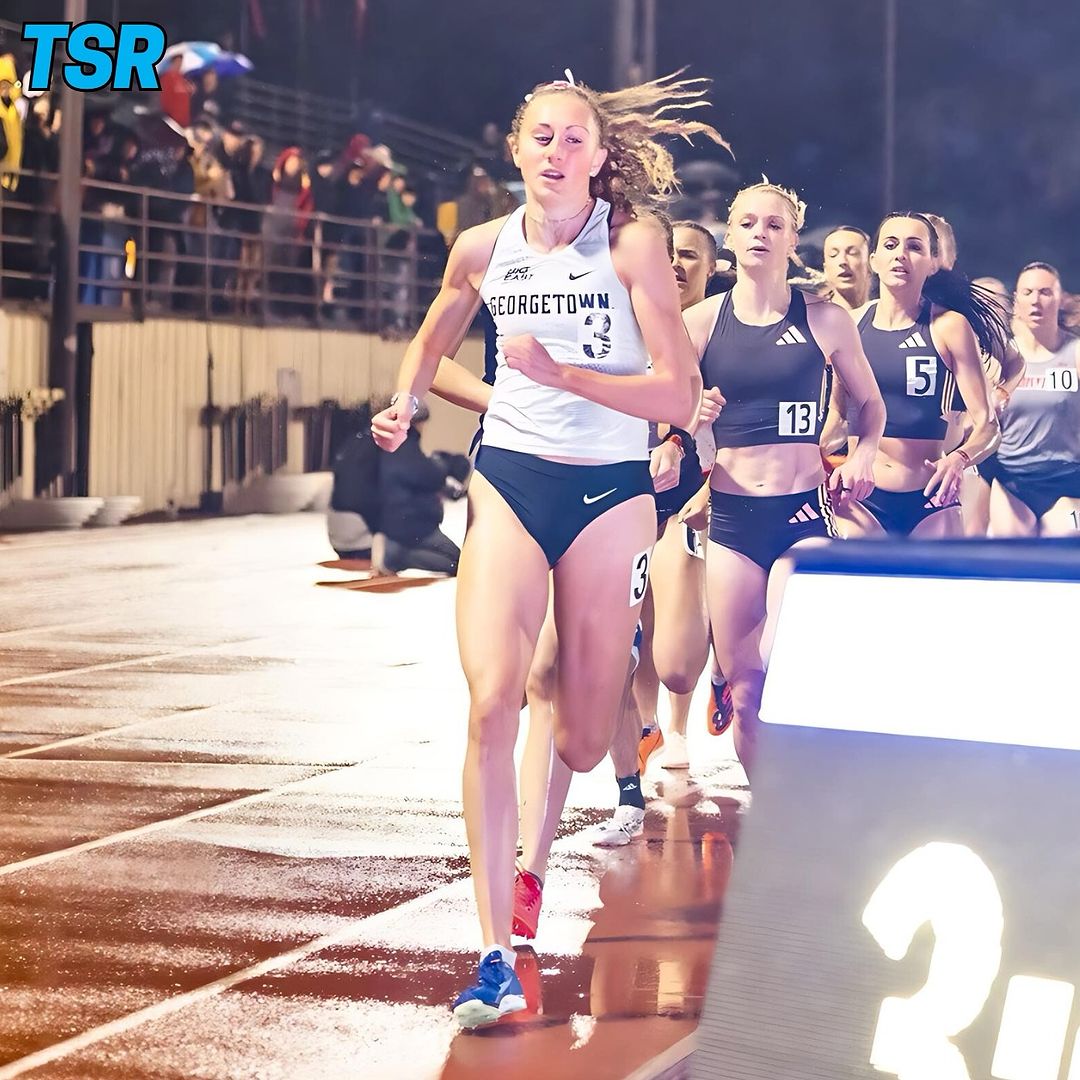

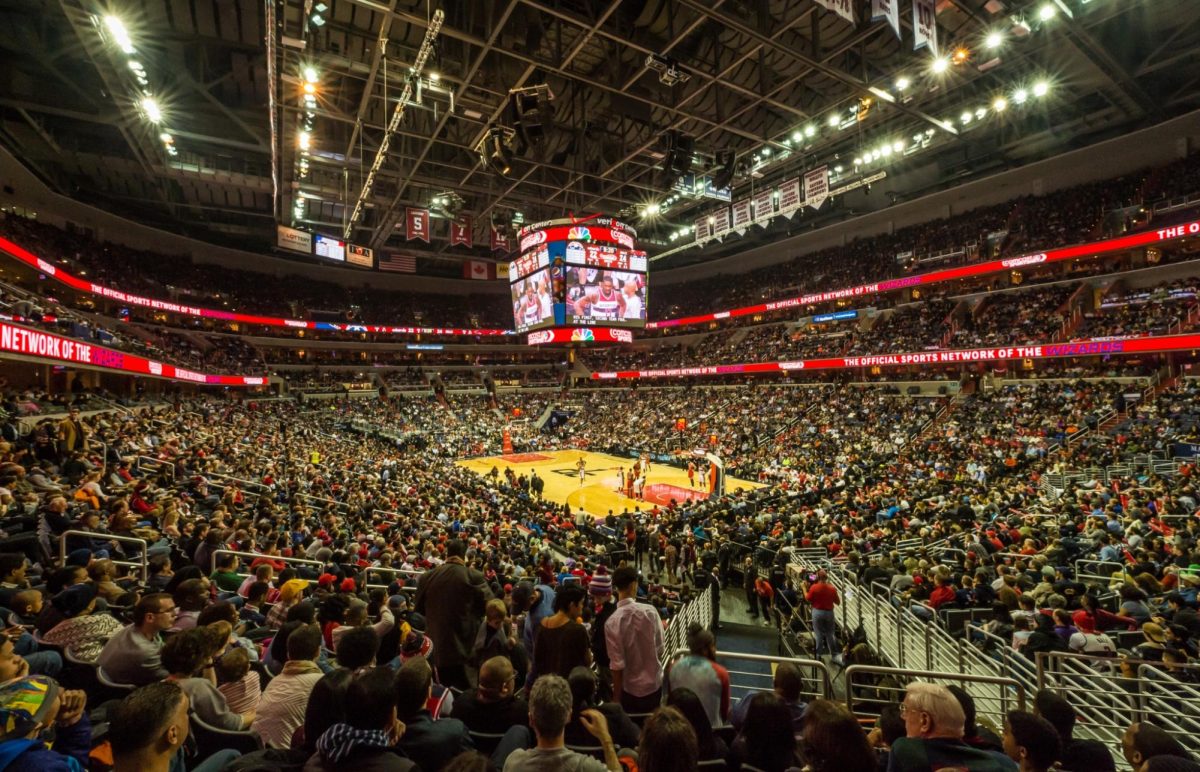
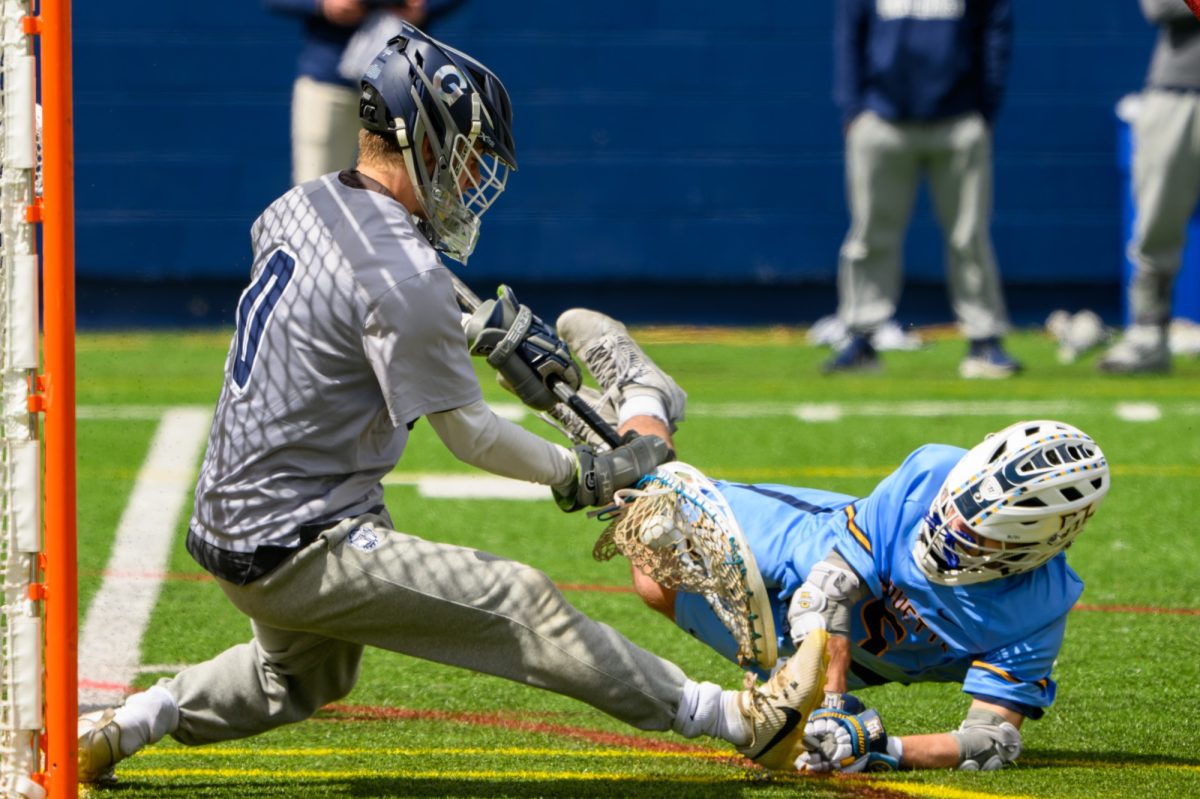
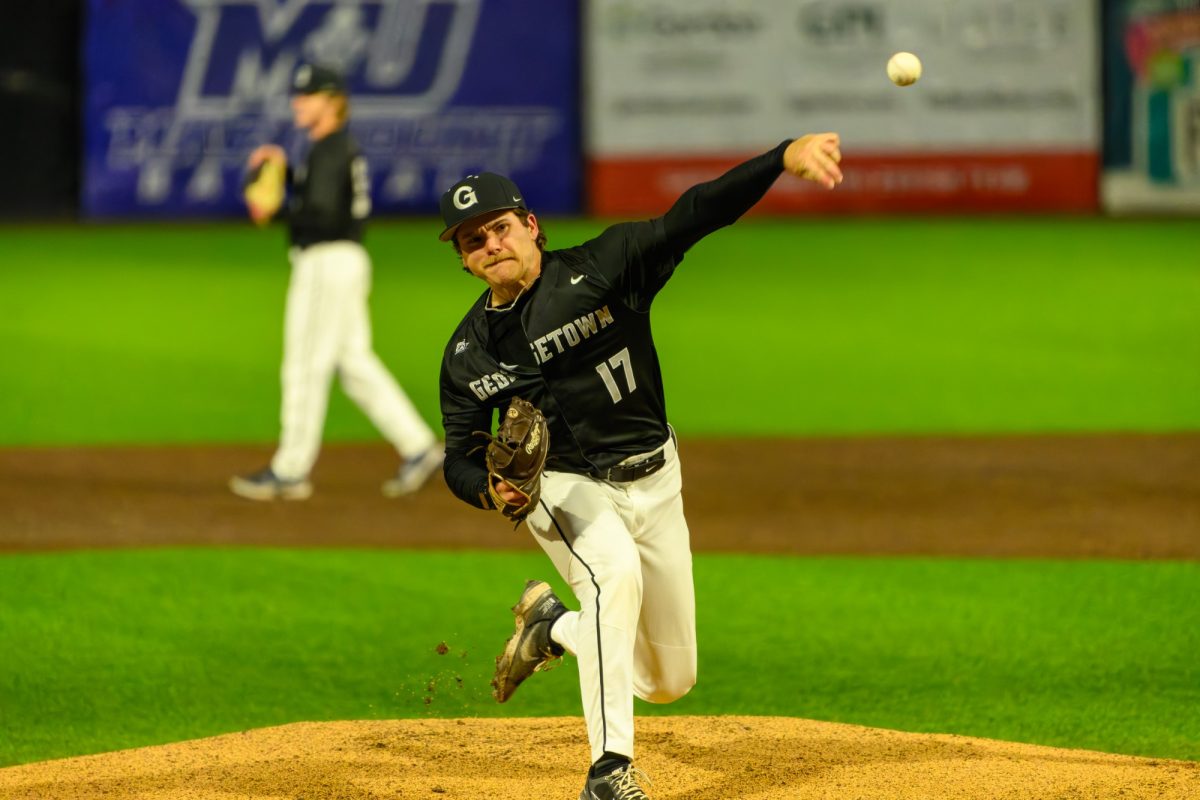
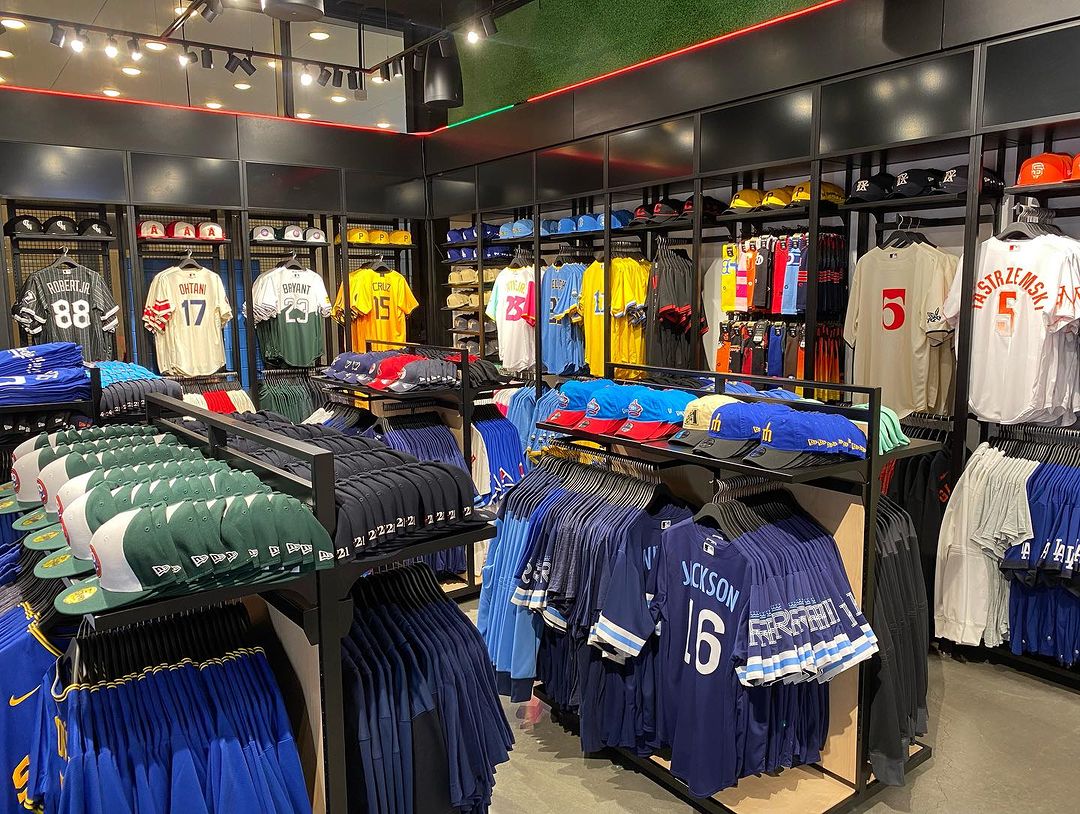
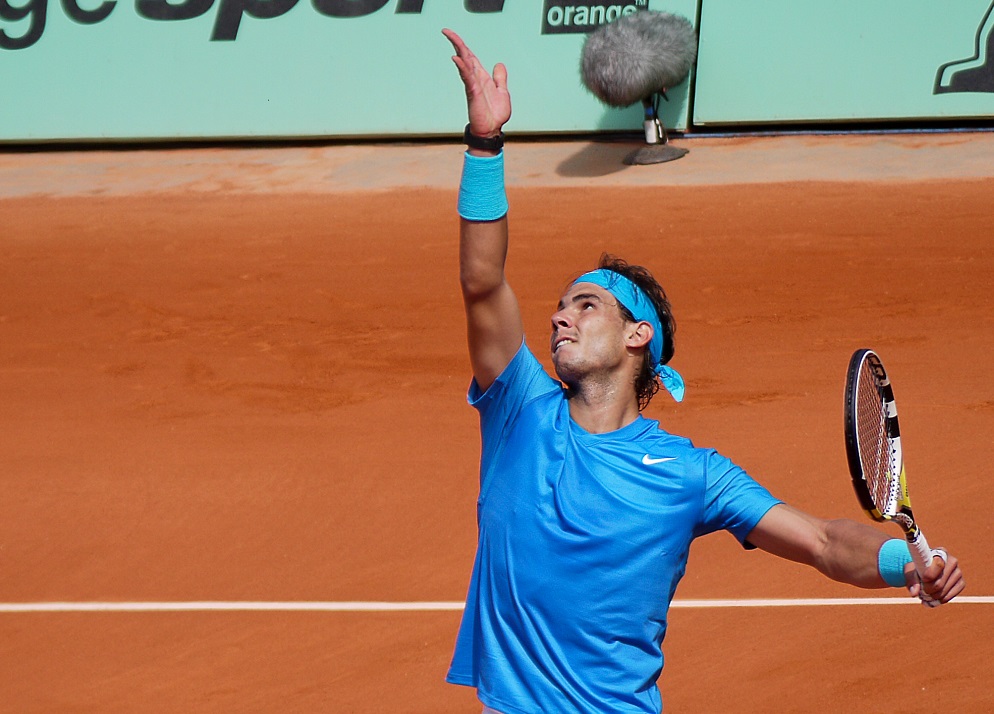
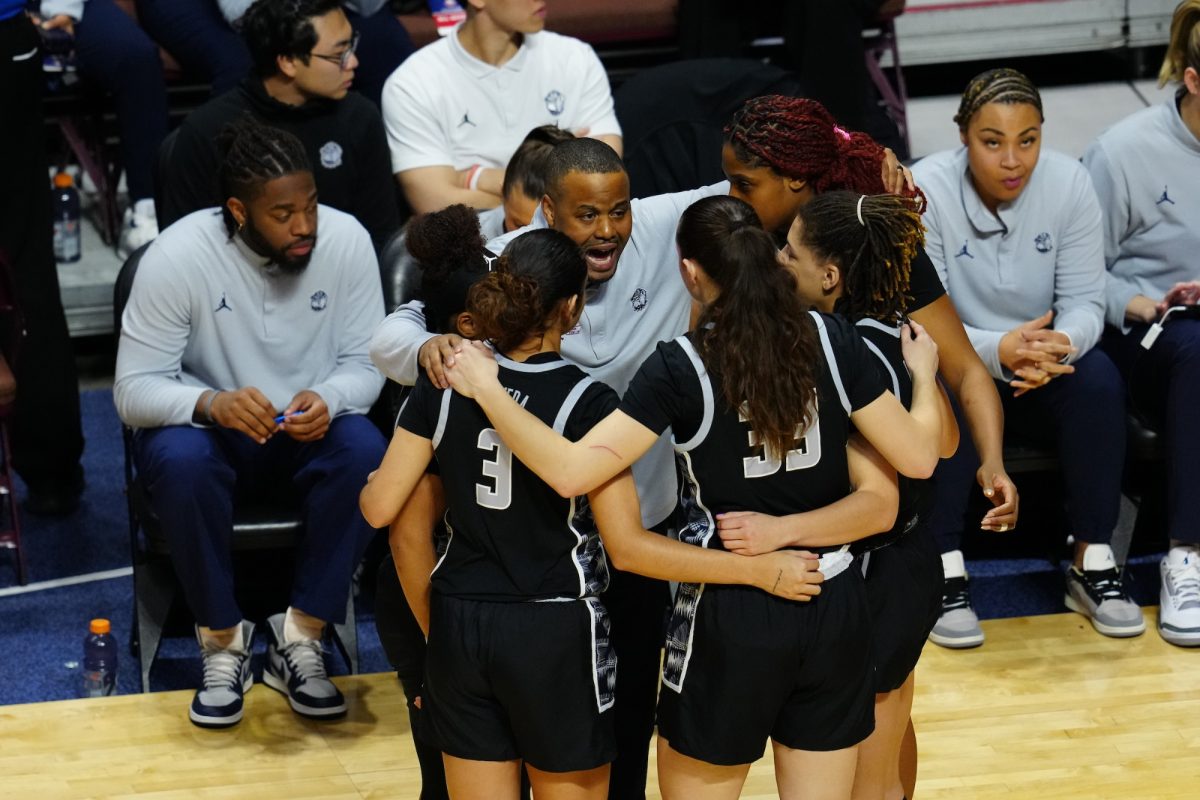
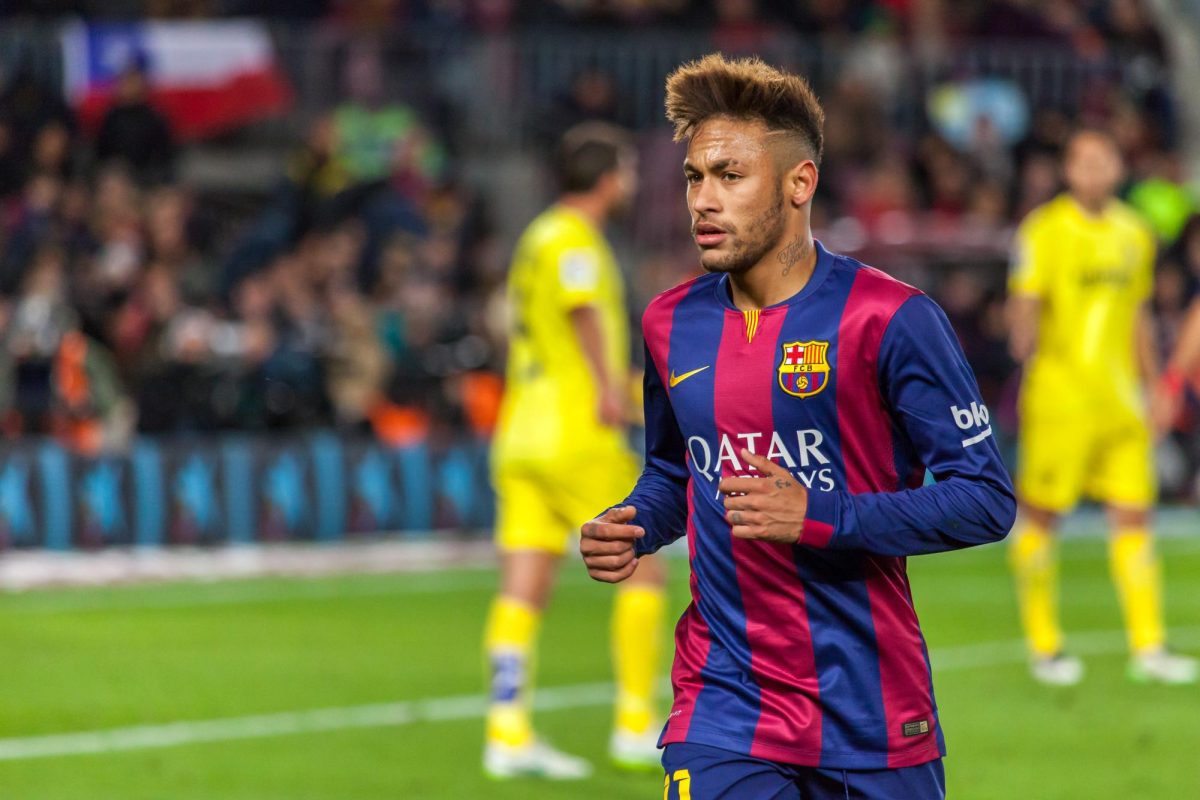
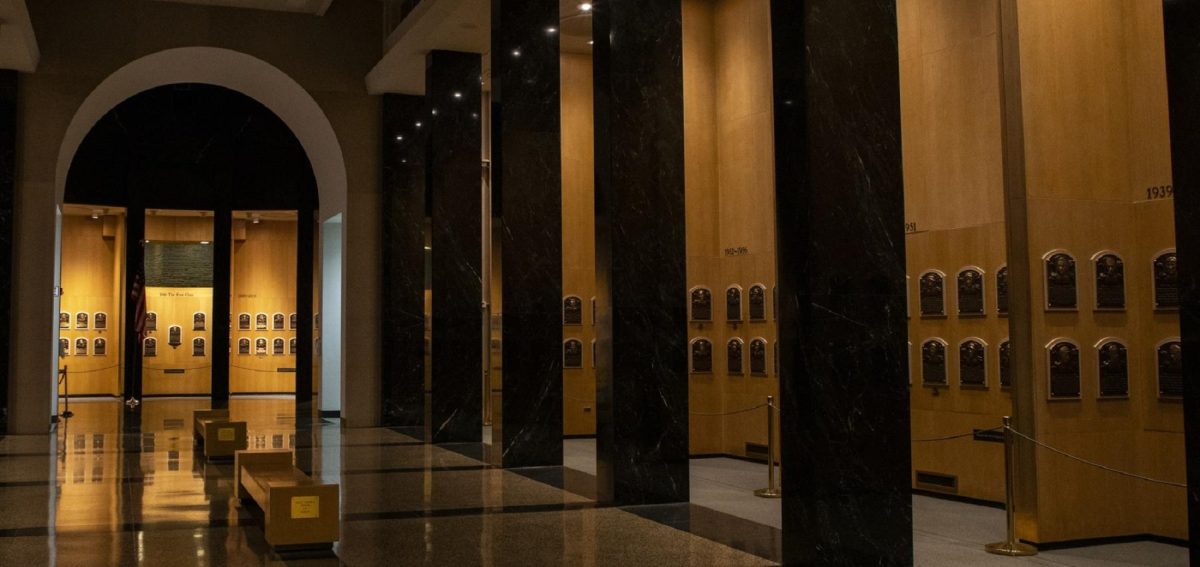
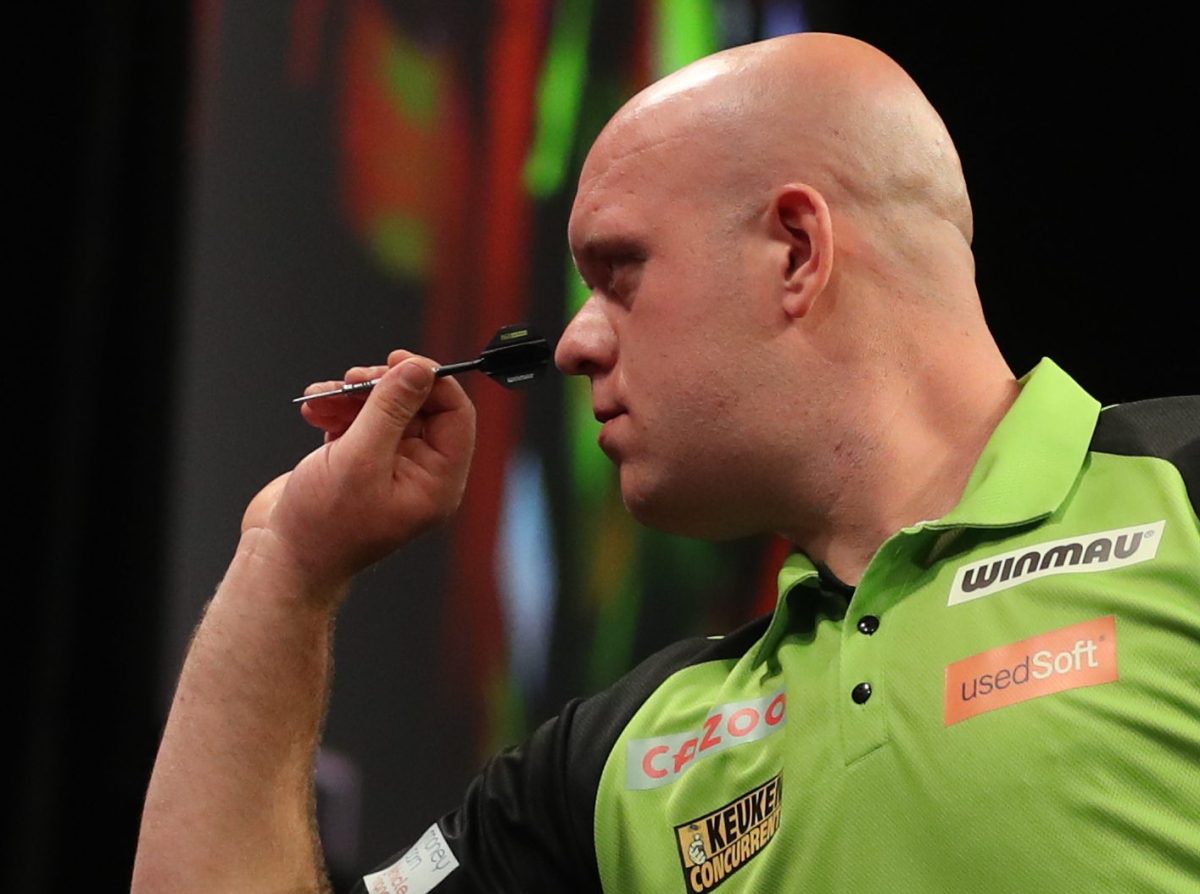
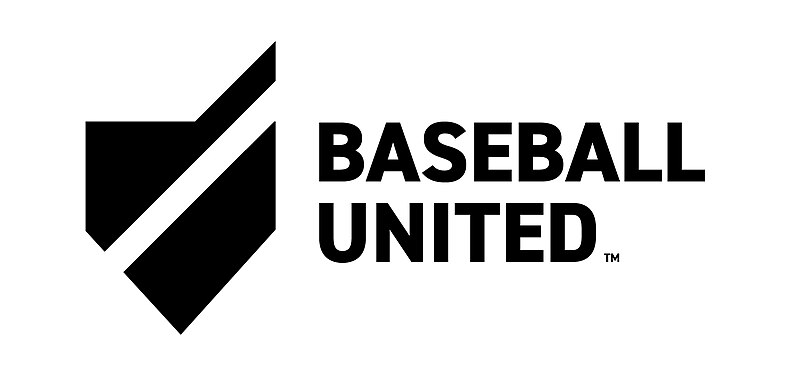
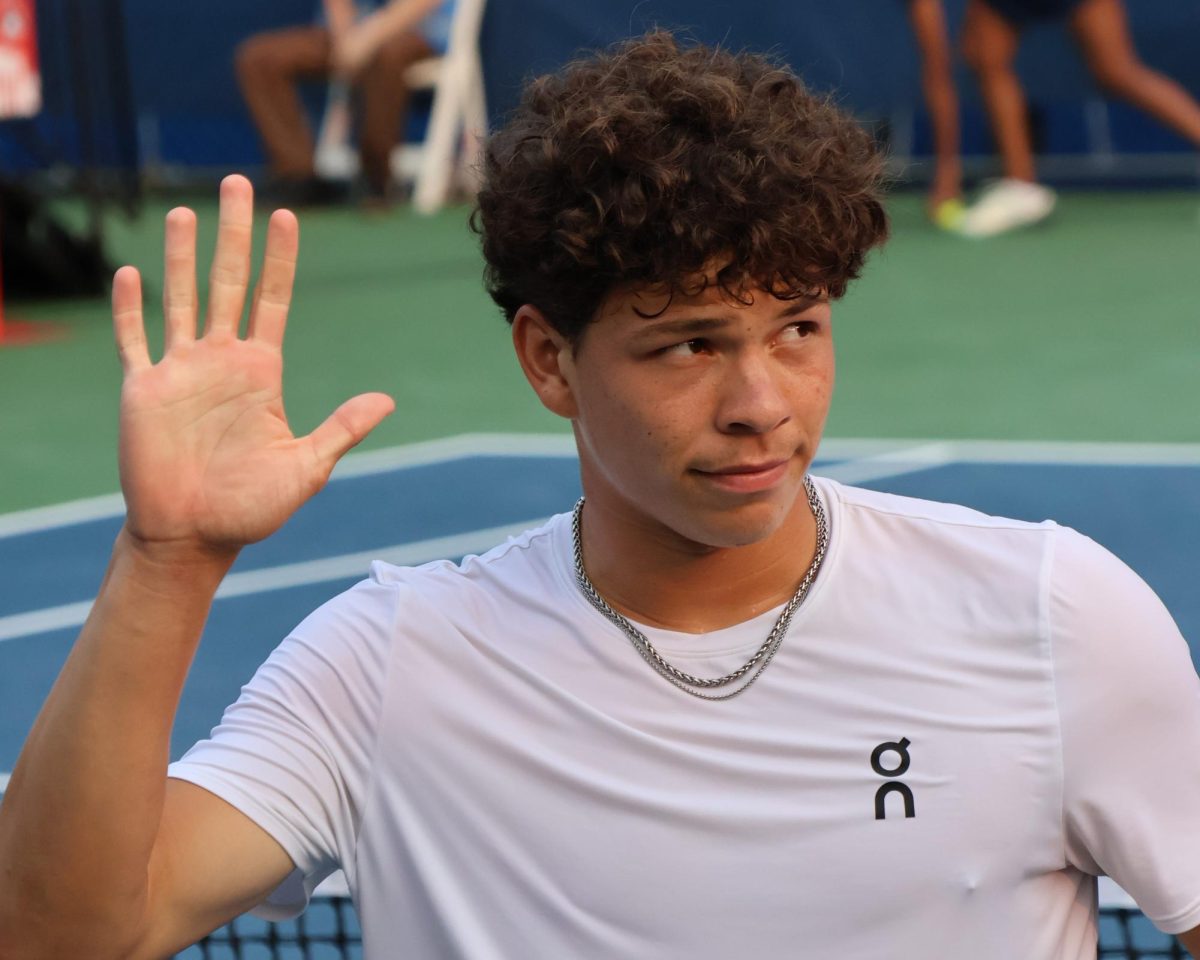
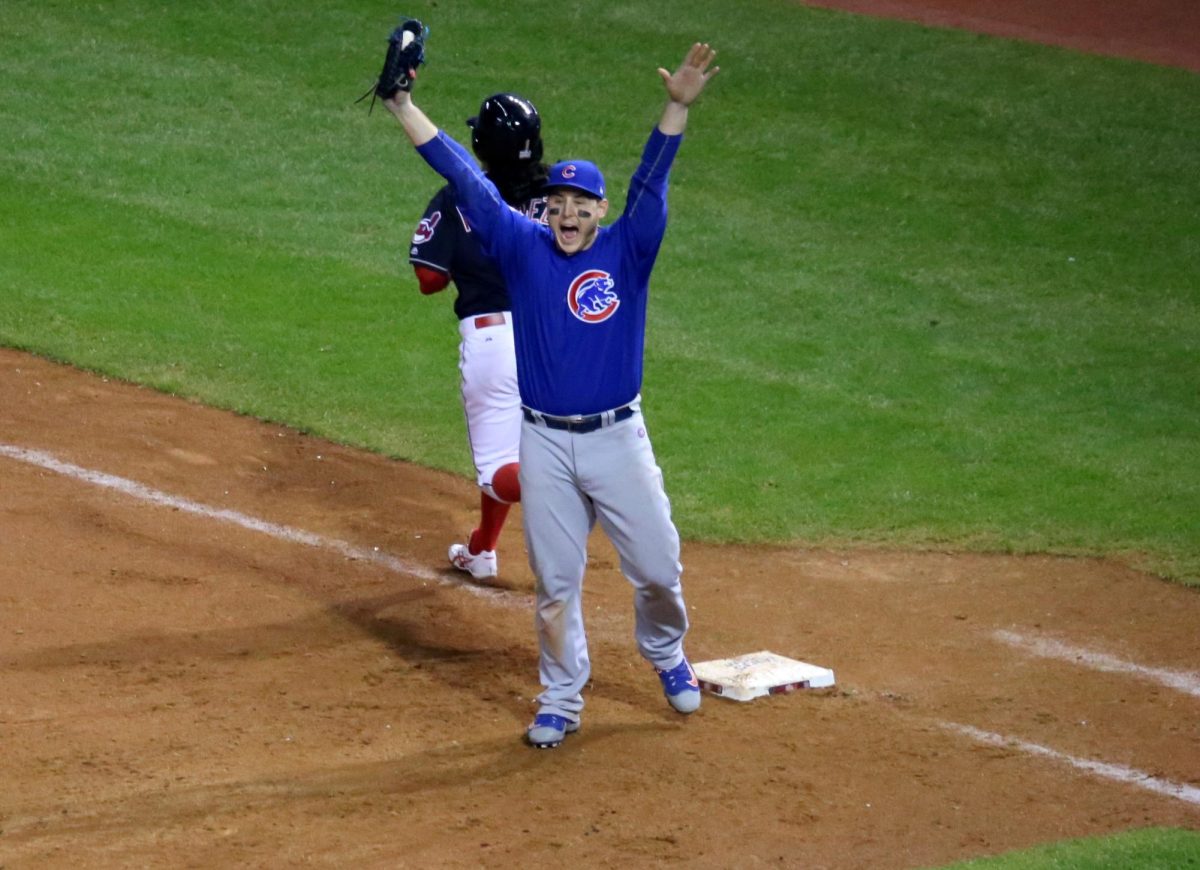

SFS*2016 • Nov 19, 2015 at 7:44 pm
Very well said. The author and anyone else interested should check out the recent scandal at Auburn University, where it was revealed that the Athletics Department was allowed to throw their weight around to override decisions made within academic departments.